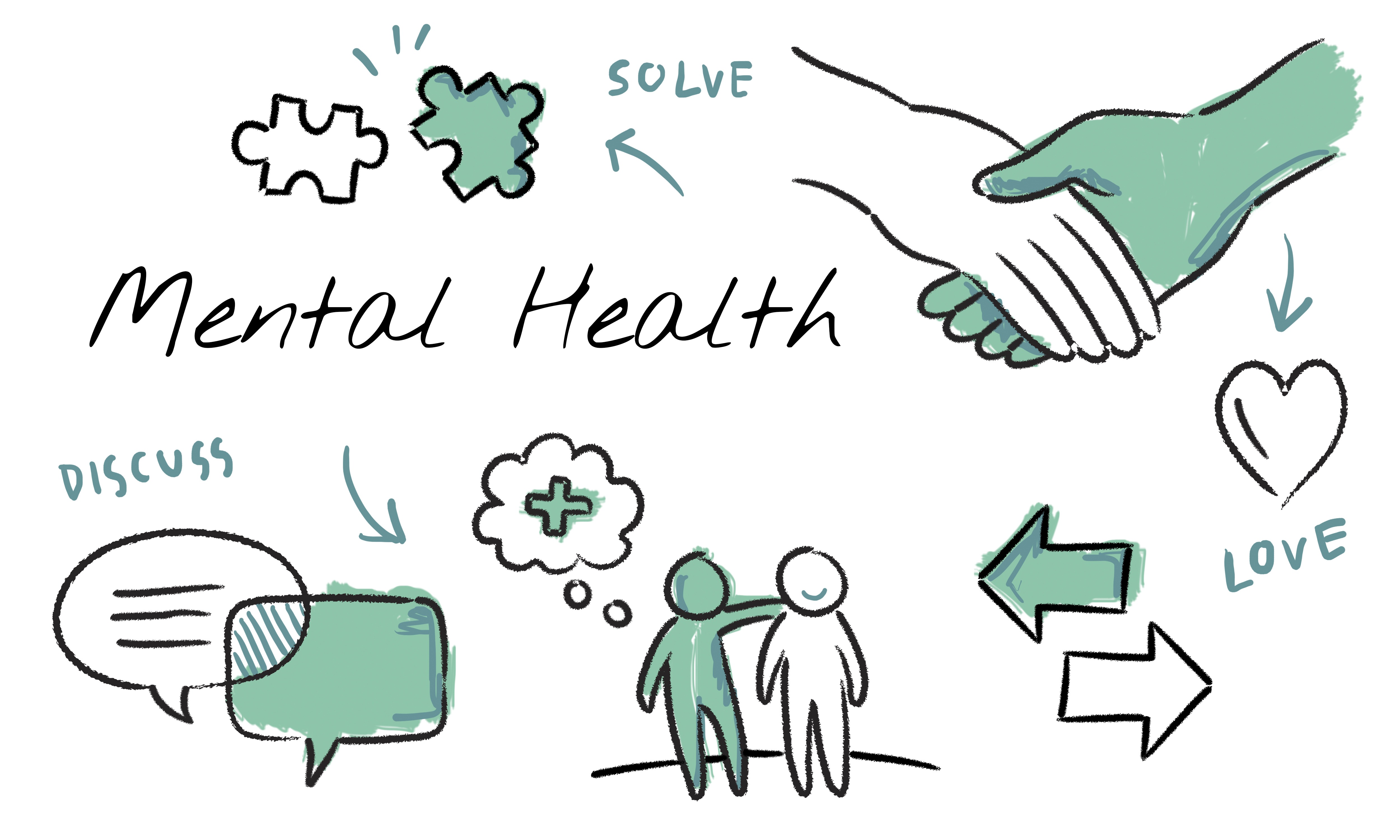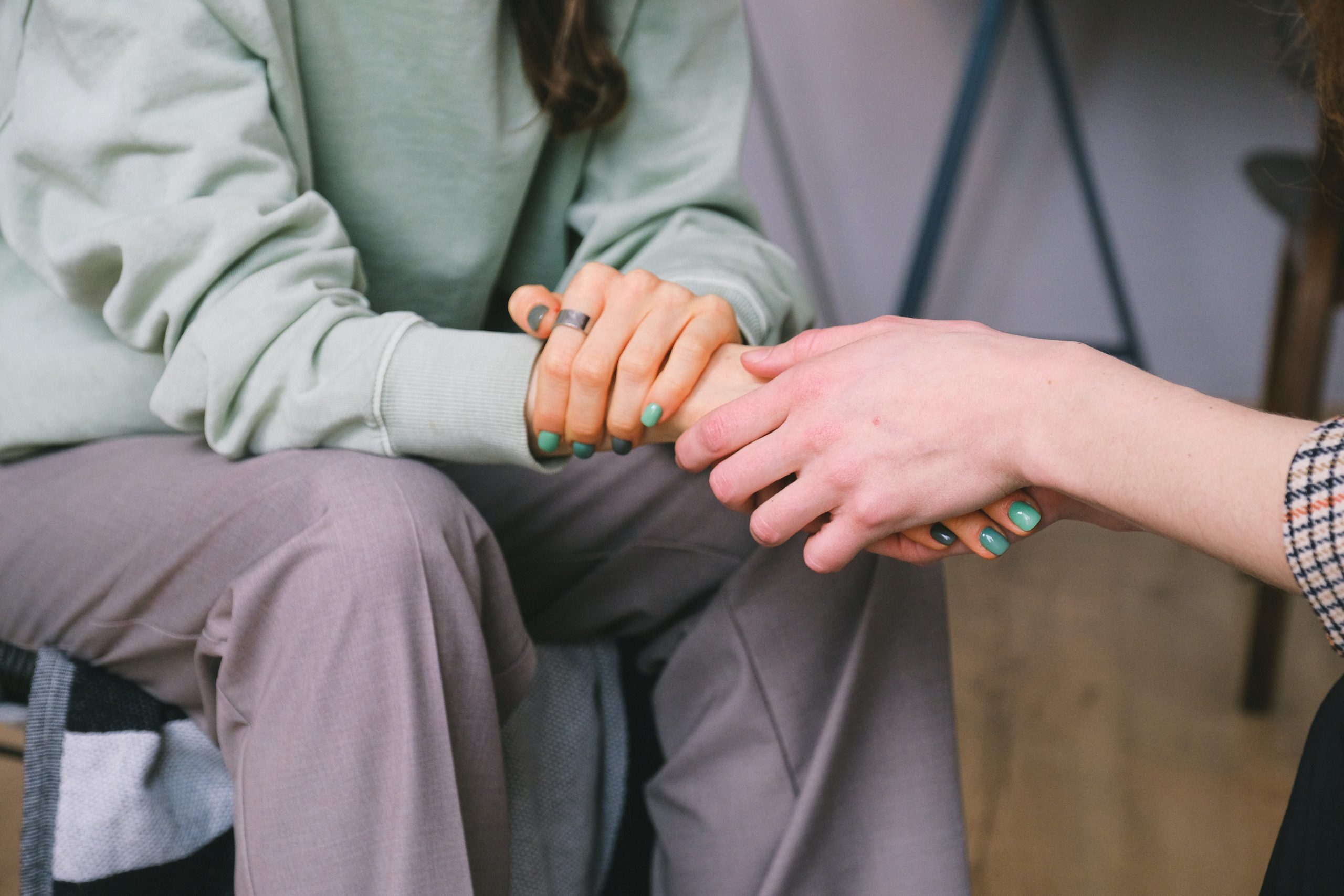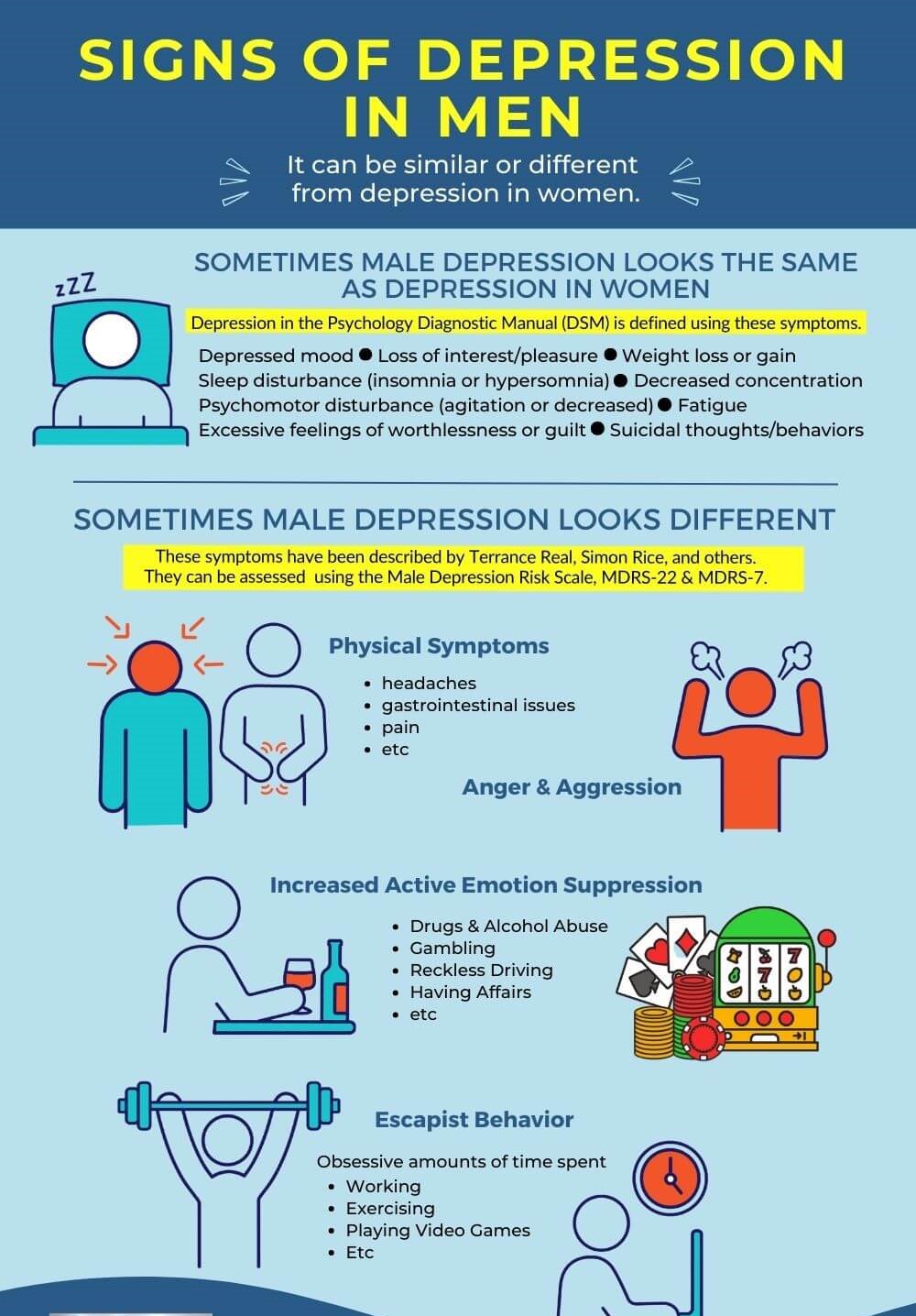Millions of individuals worldwide are impacted by the intricate and multidimensional mental health illness known as depression. While it can impact anyone, regardless of gender, male depression often manifests differently from female depression. This comprehensive guide aims to shed light on male signs of depression by exploring causes, and effective strategies for overcoming it.
The Complexity Male Signs Of Depression
Depression is not just a feeling of sadness or a temporary bout of the blues; it’s a serious mental health condition that requires attention and intervention. Men, in particular, may experience depression differently than women, often struggling to articulate their feelings or seek help. Understanding the nuances of male depression is crucial for effective support and treatment.
How Does a Man Act When He Is Depressed?
Behavioral Changes
Men with depression may exhibit various behavioral changes, including:
- Withdrawal from Social Activities: A previously social man may begin to isolate himself from friends and family, avoiding social gatherings and activities he once enjoyed.
- Neglecting Responsibilities: Work, home duties, and personal responsibilities may start to suffer as a depressed man may lack motivation or energy.
- Increased Substance Use: Some men may turn to alcohol or drugs as a coping mechanism, which can exacerbate the problem.
Emotional Expressions
Emotionally, men may show:
- Irritability and Frustration: Rather than sadness, men often express their depression through irritability or frustration, which can be mistaken for anger issues.
- Hopelessness: Feelings of hopelessness or helplessness about their situation can be prevalent.
- Loss of Interest: A diminished interest in hobbies or activities that once brought joy is common.
Physical Symptoms
Physical symptoms of depression in men can include:
- Fatigue and Low Energy: Persistent tiredness and a lack of energy, even after rest, are common.
- Sleep Disturbances: This can manifest as insomnia or sleeping too much.
- Changes in Appetite: Notable weight gain or reduction as a result of dietary adjustments.
What Is the Main Male Signs Of Depression?
Biological Factors
- Genetics: A family history of depression can increase susceptibility.
- Neurotransmitter Imbalances: Imbalances in brain chemicals like serotonin and norepinephrine are linked to depression.
Psychological Factors
- Trauma and Stress: Past traumatic experiences or ongoing stress can trigger depressive episodes.
- Self-Esteem Issues: Low self-esteem and negative thought patterns contribute to depression.
Social Factors
- Societal Expectations: Cultural norms about masculinity may pressure men to suppress their emotions, leading to unaddressed depression.
- Social Isolation: Lack of a supportive social network can exacerbate feelings of loneliness and depression.
At What Age Do Men Get Depression?
Depression in Young Men
- Adolescence to Early 20s: Depression can start in adolescence, often exacerbated by developmental changes, academic pressures, and social challenges.
Middle-Aged Men
- 30s to 50s: This period may bring stress related to career, relationships, and financial responsibilities, increasing the risk of depression.
Older Men
- 60s and Beyond: Retirement, health issues, and loss of loved ones can contribute to depression in older men.
What Are the Signs of Mental Health Issues in Men?

Common Symptoms
- Persistent Sadness: Ongoing feelings of sadness or emptiness.
- Lack of Motivation: Having trouble starting or finishing projects..
Lesser-Known Indicators
- Physical Complaints: Unexplained physical symptoms like chronic pain or headaches.
- Changes in Sexual Function: Decreased libido or erectile dysfunction.
Are Depressed Men Angry?
Understanding Anger and Depression
- Anger as a Mask: Men may use anger to mask their depression, presenting a façade of control while internalizing deep sadness.
- Irritability: Depression often manifests as irritability rather than overt sadness, which can be mistaken for anger issues.
Differences Between Anger and Irritability
- Anger: A strong emotional response often directed at others or oneself.
- Irritability: A more subtle, persistent feeling of agitation or annoyance, frequently associated with depressive states.
How to Tell if a Guy Is Sad?
Subtle Signs of Sadness
- Changes in Behavior: Noticeable shifts in mood or behavior that deviate from the norm.
- Withdrawal: Pulling away from social interactions or previously enjoyed activities.
Communication and Emotional Expression
- Difficulty Articulating Feelings: Men might struggle to express sadness verbally, so look for changes in their actions and demeanor.
- Body Language: Pay attention to non-verbal cues like a lack of eye contact, slumped posture, or subdued facial expressions.
What Are the First Signs of Depression?
Early Warning Signs
- Persistent Low Mood: Continuous feelings of sadness or a lack of interest in daily activities.
- Sleep and Appetite Changes: Alterations in sleep patterns and eating habits are often among the first signs.
Recognizing Changes in Behavior
- Withdrawing: from friends and family is known as social withdrawal.
- Irritability: Increased frustration or anger over minor issues.
How to Check if Someone Is Depressed?

Diagnostic Criteria
- Professional Evaluation: A mental health professional uses criteria from the DSM-5 (Diagnostic and Statistical Manual of Mental Disorders) to diagnose depression.
- Self-Assessment Tools: Online quizzes and assessments can help identify symptoms but should not replace professional evaluation.
Tools and Assessments
- Screening Questionnaires: Tools like the Patient Health Questionnaire (PHQ-9) can help assess the severity of depression.
- Therapeutic Interviews: Detailed interviews with a mental health professional can provide a comprehensive assessment.
What Does Depression in Boys Look Like?
Symptoms in Adolescent Boys
- Behavioral Changes: Increased irritability, defiance, or withdrawal from friends and family.
- Academic Issues: Decline in academic performance or lack of interest in school.
Differences from Adult Depression
- Expression of Emotions: Boys may show anger or frustration rather than sadness.
- Physical Complaints: More likely to complain of physical symptoms rather than emotional ones.
How Do Men Beat Depression?
Treatment Options
- Medication: Antidepressants can help balance brain chemicals.
- Therapy: Cognitive-behavioral therapy (CBT) and other therapeutic approaches can address negative thought patterns and behaviors.
Self-Help Strategies
- Exercise: Regular physical activity can improve mood and energy levels.
- Healthy Lifestyle: A balanced diet, adequate sleep, and stress management techniques are crucial.
Professional Support
- Counseling: Seeking help from a mental health professional can provide valuable support and guidance.
- Support Groups: Joining support groups can offer a sense of community and understanding.
Conclusion
Male depression is a significant and often misunderstood mental health issue. Unlike the stereotypical portrayal of sadness and withdrawal, depression in men can manifest through anger, irritability, and physical symptoms. Recognizing the diverse signs of male depression—from early warning signs to changes in behavior and emotional expression—is crucial for timely intervention and support.
Ultimately, overcoming depression is a journey that requires understanding, compassion, and perseverance. By addressing male depression comprehensively and proactively, we can help individuals lead healthier, more fulfilling lives and contribute to a broader understanding of mental health across genders. For more information visit our website.



